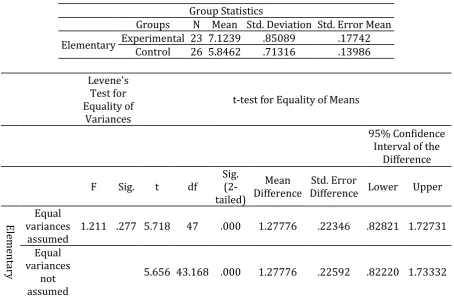The Effect of Pictorial and Non-Pictorial Listening Tasks on Improving Iranian EFL Listeners’ Comprehension
Full text
Figure
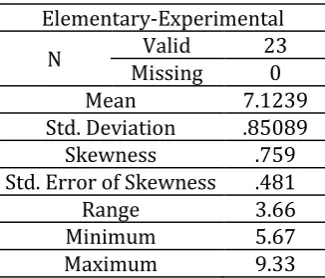
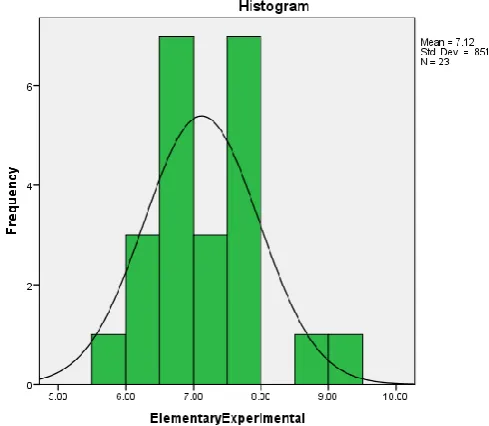
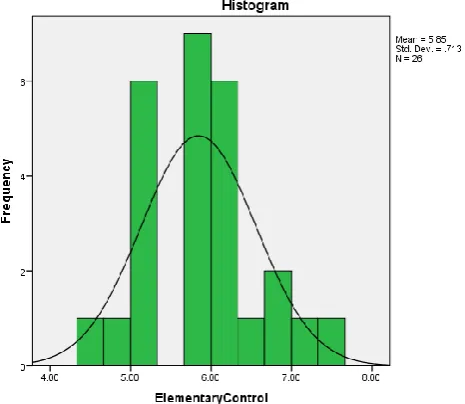
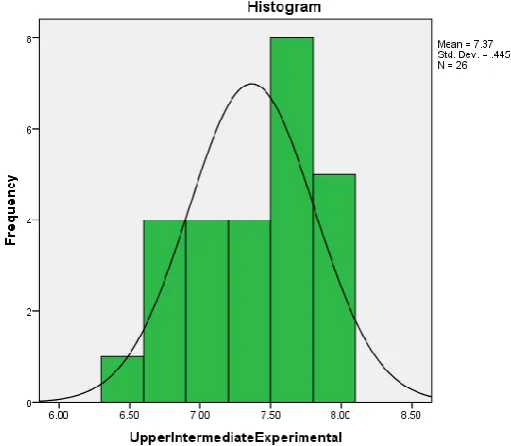
Related documents
We'll look at more studies into the issue and what game publishers are saying, and we'll talk to some gamers who consider themseves "addicts." In the meantime, hit the
These experiments support that insulin resistance in brain regions abundant in insulin receptors significantly alters mitochondrial efficiency and function, thus contributing
Cell viability and total and differential cell counts were neither significantly different in the second ETA compared with the first ETA nor were unaffected by the presence
The relationship between turbidity, residual chlorine concentration and microbial quality of drinking water in rural areas of Kashan during 2008-9.. Feyz Journal
Colocalization of αA-crystallin and glial fibrillary acidic protein (GFAP), a marker of astrocytes and activated Müller cells, demonstrated a similar accumulation of αA-crystallin
The robustness and efficacy of this sensitive GCMS method was further demonstrated by using it for a pharmacokinetic study of an oral dosage form of diclofenac, 100 mg of
A simple empirical nonlinear framework is used to analyze monetary policy between 1983 and 2007 in South Africa, focusing on the policy of inflation targeting
Results : The most frequent condylar bony change observed was sclerosis (133 joints, 30.2%) followed by surface erosion (129 joints, 29.3%), flattening of the articular surface

